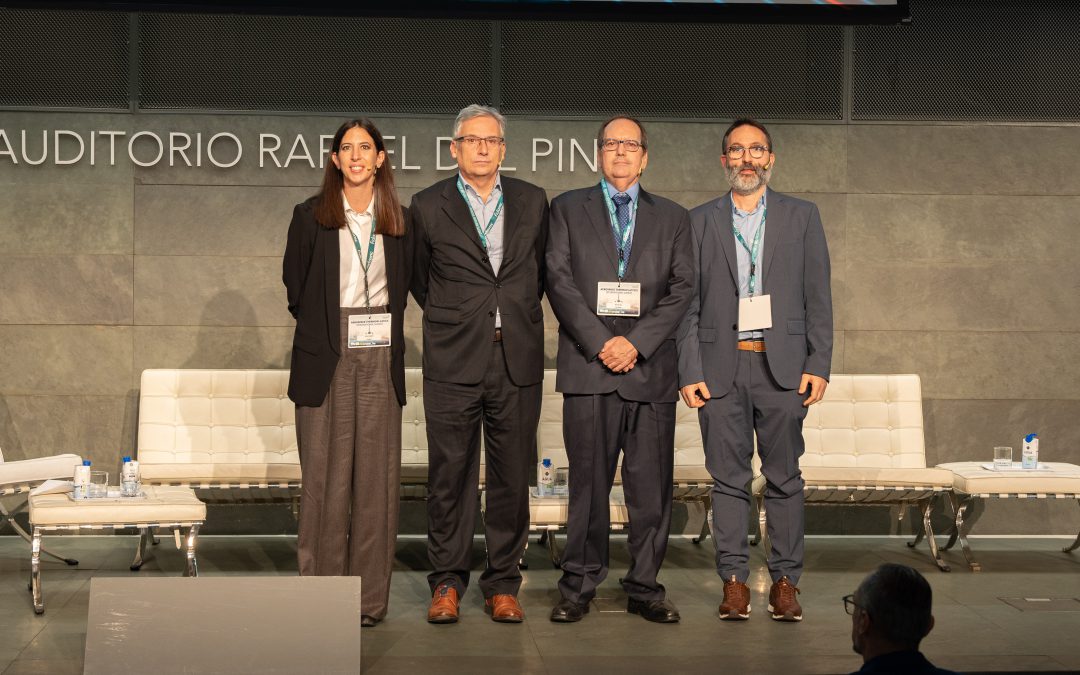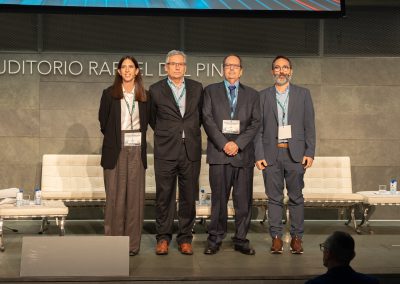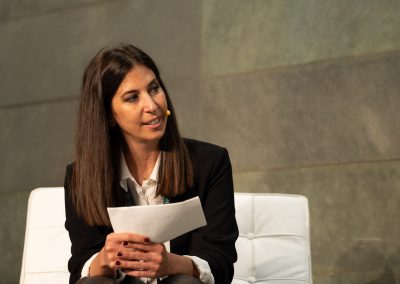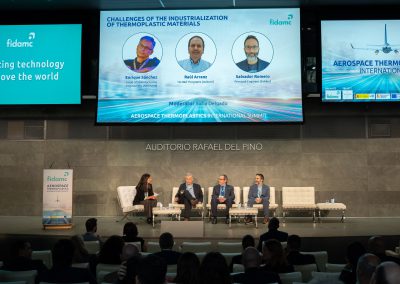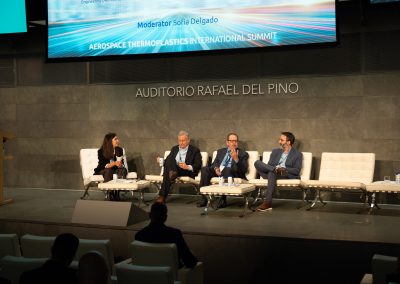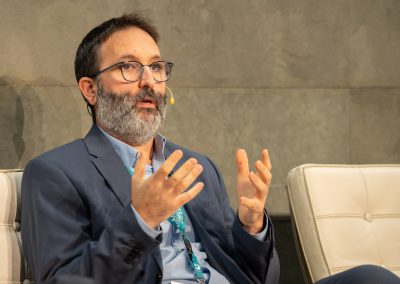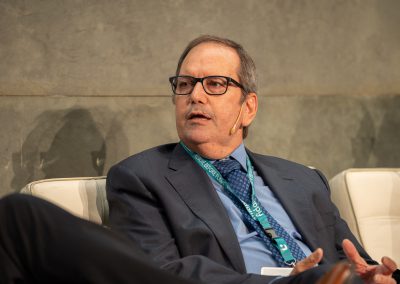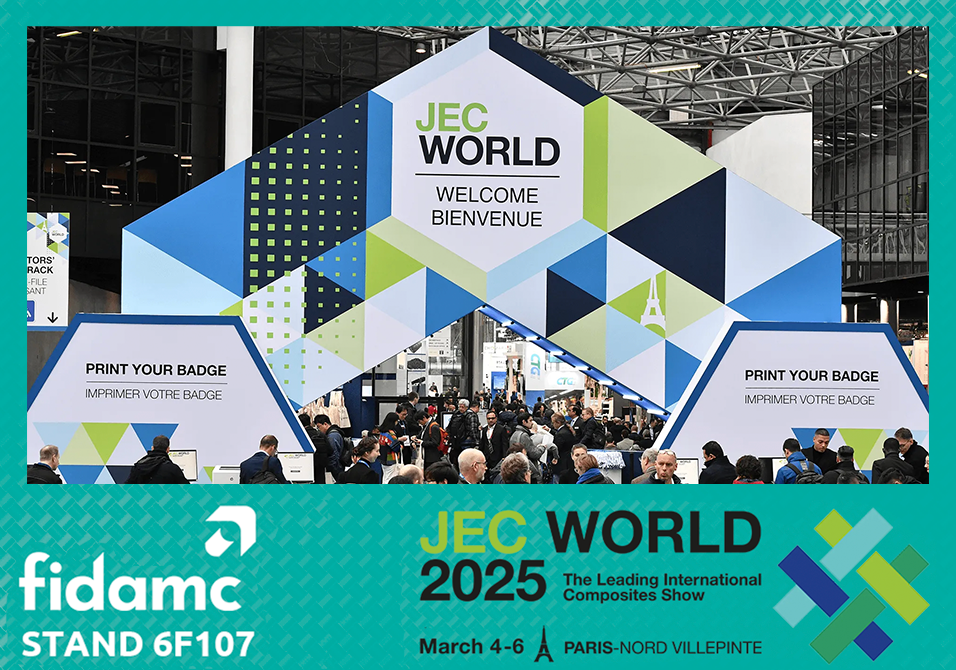The third round table at the Aerospace Thermoplastics International Summit, organised by Fidamc, addressed one of the most crucial issues for the future of sustainable aviation: how to take thermoplastic materials from the laboratory to the factory. Entitled "Challenges of the industrialisation of thermoplastic materials", the debate was moderated by Sofía Delgado, Director of Aeronautical Programmes at Fidamc, and featured Enrique Sánchez (Aernnova Composites), Raúl Arranz (Aciturri) and Salvador Romero (Fokker).
Sofía Delgado opened the session by emphasising that the three speakers were chosen for their complementary perspectives: "These are the people who make industrialisation happen." From there, the conversation explored both the technical challenges and the strategies needed to scale up the production of thermoplastic components in a real industrial environment.
The first to speak was Salvador Romero, who offered his thoughts on the technical requirements of industrialisation. According to him, the challenges depend on the context: "It is difficult to define general challenges; it depends on the technology, the application and the market." Romero pointed out that high-performance thermoplastic materials can already match the mechanical performance of other technologies, but the key lies in developing robust, repeatable and controlled processes..
Among the main challenges, he pointed out the need for robust and traceable process control systems, as well as the definition of specific applications where the use of thermoplastics makes technical and economic sense. He also highlighted a change in mindset across the industry: "If we want to move to thermoplastics, it is not a minor change, it is a fundamental change; we need to re-educate the industry."
From the perspective of Aernnova,, Enrique Sánchez emphasised the importance of assessing the maturity and potential of each technology. "We must differentiate between current maturity and future potential," he said. He highlighted the interest in processes such as in situ forming and consolidation, although he acknowledged limitations in terms of productivity and cost. He also pointed to the need for smart investments and collaboration with technology centres to accelerate the maturity of solutions: "It is not easy for us to assess the level of maturity, which is why we need technology centres and exposure."
Sánchez also highlighted the role of automation and compact consolidation tools as key factors in achieving industrial efficiency and bringing thermoplastics closer to the level of sophistication of thermosets.
For his part, Raúl Arranz shared Aciturri's practical experience in adopting these technologies. He recalled that "we thought the technology was more mature, but the reality was different." He explained that the company has been experimenting for years with processes such as stamping, the in situ consolidation and rapid deposition, with the aim of understanding their real limitations before implementing them industrially. "The main point now is to understand and learn about the technology as best we can," he concluded.
The moderator closed the panel by reminding attendees that the industrialisation of thermoplastics is not just about developing new processes, but also about making them robust, repeatable and ready for actual production. All speakers agreed that collaboration between industry, technology centres and OEMs will be essential to reduce costs, mitigate risks and accelerate the adoption of these materials in the aircraft of the future.

